Capacitive Impedance Measurement: Dual-frequency Approach
Abstract
:1. Introduction
2. Theory
3. Methodology
3.1. Sensor and Measurement Circuit
3.2. Calibration
4. Results and Discussion
5. Conclusions
Author Contributions
Funding
Conflicts of Interest
References
- Li, N.; Xu, H.; Wang, W.; Zhou, Z.; Qiao, G.; Li, D.D.U. A high-speed bioelectrical impedance spectroscopy system based on the digital auto-balancing bridge method. Meas. Sci. Technol. 2013, 24, 065701. [Google Scholar] [CrossRef]
- Rêgo Segundo, A.K.; Martins, J.H.; Monteiro, P.M.B.; Oliveira, R.A.; Freitas, G.M. A novel low-cost instrumentation system for measuring the water content and apparent electrical conductivity of soils. Sensors 2015, 15, 25546–25563. [Google Scholar] [CrossRef] [PubMed]
- Gutierrez, J.; Villa-Medina, J.F.; Nieto-Garibay, A.; Porta-Gandara, M.A. Automated irrigation system using a Wireless Sensor Network and GPRS module. IEEE Trans. Instrum. Meas. 2014, 63, 166–176. [Google Scholar] [CrossRef]
- Goumopoulos, C.; O’Flynn, B.; Kameas, A. Automated zone-specific irrigation with wireless sensor/actuator network and adaptable decision support. Comput. Electron. Agric. 2014, 105, 20–33. [Google Scholar] [CrossRef]
- Rêgo Segundo, A.K.; Martins, J.H.; Monteiro, P.M.B.; Oliveira, R.A. Monitoring system of apparent electrical conductivity and moisture content of soil for controlling of irrigation systems. In Proceedings of the International Conference of Agricultural Engineering—AgEng 2014, Zurich, Swiss, 6–10 September 2014; The European Society of Agricultural Engineers: Zurich, Switzerland, 2014. [Google Scholar]
- Rêgo Segundo, A.K.; Martins, J.H.; Monteiro, P.M.B.; Oliveira, R.A.; Oliveira Filho, D. Development of capacitive sensor for measuring soil water content. Eng. Agrícola 2011, 31, 260–268. [Google Scholar] [CrossRef]
- Segundo, A.K.R.; Pinto, E.S.; de Barros Monteiro, P.M.; Martins, J.H. Sensor for measuring electrical parameters of soil based on auto-balancing bridge circuit. In Proceedings of the 2017 IEEE SENSORS, Glasgow, Scotland, UK, 29 October–1 November 2017; pp. 1–3. [Google Scholar]
- Rêgo Segundo, A.K. Sistema de Monitoramento do Solo e de Controle de Irrigação. BR Patent BR102013013220-9, 28 May 2013. [Google Scholar]
- Chavanne, X.; Bruère, A.; Frangi, J. Comments to: A novel low-cost instrumentation system for measuring the water content and apparent electrical conductivity of soils. Sensors 2018, 18, 1730. [Google Scholar] [CrossRef] [PubMed]
- Chavanne, X.; Frangi, J.-P. Presentation of a complex permittivity-meter with applications for sensing the moisture and salinity of a porous media. Sensors 2014, 14, 15815–15835. [Google Scholar] [CrossRef] [PubMed]
- Chavanne, X.; Frangi, J.; de Rosny, G. A new device for in situ measurement of an impedance profile at 1–20 MHz. IEEE Trans. Instrum. Meas. 2010, 59, 1850–1859. [Google Scholar] [CrossRef]
- Richharia, P.; Chopra, K.L. Experimental evaluation of agricultural biomass flow sensing behaviour using capacitive technique. IOP Conf. Ser. Mater. Eng. 2013, 53, 012034. [Google Scholar] [CrossRef] [Green Version]
- Da Silva, M.J.; Dos Santos, E.N.; Vendruscolo, T.P. High-speed multichannel impedance measuring system. ACTA IMEKO 2012, 1, 36–41. [Google Scholar] [CrossRef]
- Dos Santos, E.N.; Vendruscolo, T.P.; Morales, R.E.M.; Schleicher, E.; Hampel, U.; Da Silva, M.J. Dual-modality wire-mesh sensor for the visualization of three-phase flows. Meas. Sci. Technol. 2015, 26, 105302. [Google Scholar] [CrossRef]
- Silva, M.J. Impedance Sensors for Fast Multiphase Flow Measurement and Imaging, 1st ed.; TUDpress: Dresden, Germany, 2008; ISBN 978-3-940046-99-4. [Google Scholar]
- Ofuchi, C.Y.; Eidt, H.K.; Rodrigues, C.C.; Dos Santos, E.N.; Dos Santos, P.H.D.; Da Silva, M.J.; Neves, F.; Domingos, P.V.S.R.; Morales, R.E.M.; Ofuchi, C.Y.; et al. Multiple wire-mesh sensors applied to the characterization of two-phase flow inside a cyclonic flow distribution system. Sensors 2019, 19, 193. [Google Scholar] [CrossRef] [PubMed]
- Da Silva, M.J.; Hampel, U. Capacitance wire-mesh sensor for fast measurement of phase fraction distributions. Meas. Sci. Technol. 2007, 18, 2245. [Google Scholar] [CrossRef]
- Khan, A.U.; Islam, T.; George, B.; Rehman, M. An efficient interface circuit for lossy capacitive sensors. IEEE Trans. Instrum. Meas. 2019, 68, 829–836. [Google Scholar] [CrossRef]
- Reverter, F.; Casas, Ò. A microcontroller-based interface circuit for lossy capacitive sensors. Meas. Sci. Technol. 2010, 21, 065203. [Google Scholar] [CrossRef]
- Vooka, P.; George, B. A direct digital readout circuit for impedance sensors. IEEE Trans. Instrum. Meas. 2015, 64, 902–912. [Google Scholar] [CrossRef]
- Wang, S.; Li, Z.; Zhang, J.; Wang, J.; Cheng, L.; Yuan, T.; Zhu, B. Experimental study on frequency-dependent properties of soil electrical parameters. Electr. Power Syst. Res. 2016, 139, 116–120. [Google Scholar] [CrossRef]
- Kelleners, T.J.; Soppe, R.W.O.; Robinson, D.A.; Schaap, M.; Ayars, J.E.; Skaggs, T.H. Calibration of capacitance probe sensors using electric circuit theory. Soil Sci. Soc. Am. J. 2004, 68, 430–439. [Google Scholar] [CrossRef]
- Bogena, H.R.; Huisman, J.A.; Oberdörster, C.; Vereecken, H. Evaluation of a low-cost soil water content sensor for wireless network applications. J. Hydrol. 2007, 344, 32–42. [Google Scholar] [CrossRef]
- Campbell, J.E. Dielectric Properties and Influence of Conductivity in Soils at One to Fifty Megahertz. Soil Sci. Soc. Am. J. 1990, 54, 332. [Google Scholar] [CrossRef]
- Gaskin, G.J.; Miller, J.D. Measurement of soil water content using a simplified impedance measuring technique. J. Agric. Eng. Res. 1996, 63, 153–159. [Google Scholar] [CrossRef]
- Malik, S.; Kishore, K.; Islam, T.; Zargar, H.; Akbar, S.A. A time domain bridge-based impedance measurement technique for wide-range lossy capacitive sensors. Sens. Actuators A Phys. 2015, 234, 248–262. [Google Scholar] [CrossRef]
- Chavanne, X.; Frangi, J.P. Autonomous sensors for measuring continuously the moisture and salinity of a porous medium. Sensors 2017, 17, 1094. [Google Scholar] [CrossRef] [PubMed]
- Rêgo Segundo, A.K.; da Silva, M.J.; Freitas, G.M.; de Barros Monteiro, P.M.; Martins, J.H. Reply to comments: A novel low-cost instrumentation system for measuring the water content and apparent electrical conductivity of soils, Sensors, 15, 25546–25563. Sensors 2018, 18, 1742. [Google Scholar] [CrossRef] [PubMed]
- Yang, W.Q.; York, T.A. New AC-based capacitance tomography system. IEE Proc. Sci. Meas. Technol. 1999, 146, 47–53. [Google Scholar] [CrossRef]
- Georgakopoulos, D.; Yang, W.; Waterfall, R. Best value design of electrical tomography systems. In Proceedings of the 3rd World Congress on Industrial Process Tomography, Banff, AL, Canada, 2–5 September 2013. [Google Scholar]
- Derrett, C.J.; Tavner, P.J. Active filters: Some simple design methods for biomedical workers. Med. Biol. Eng. 1975, 13, 883–888. [Google Scholar] [CrossRef] [PubMed]


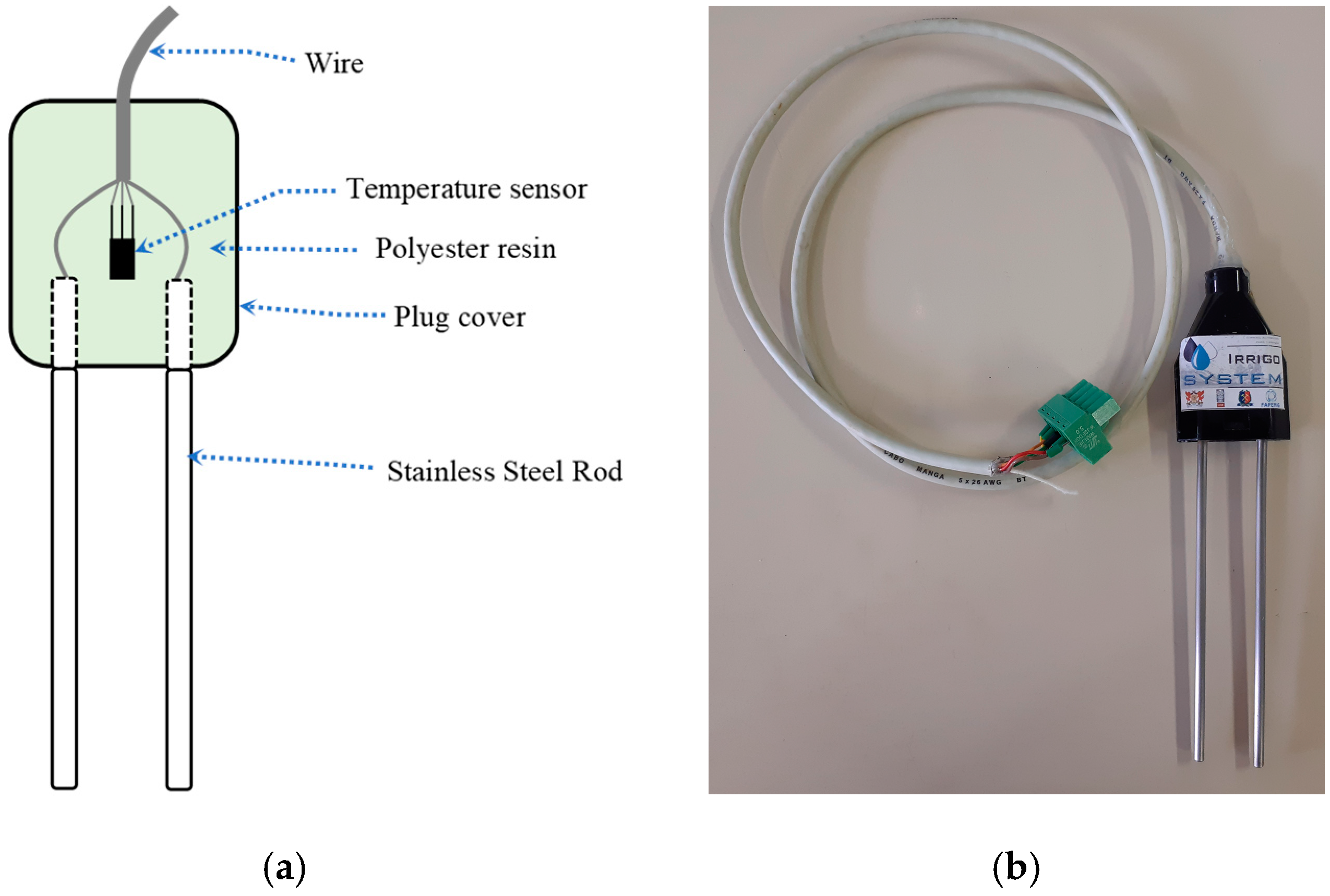

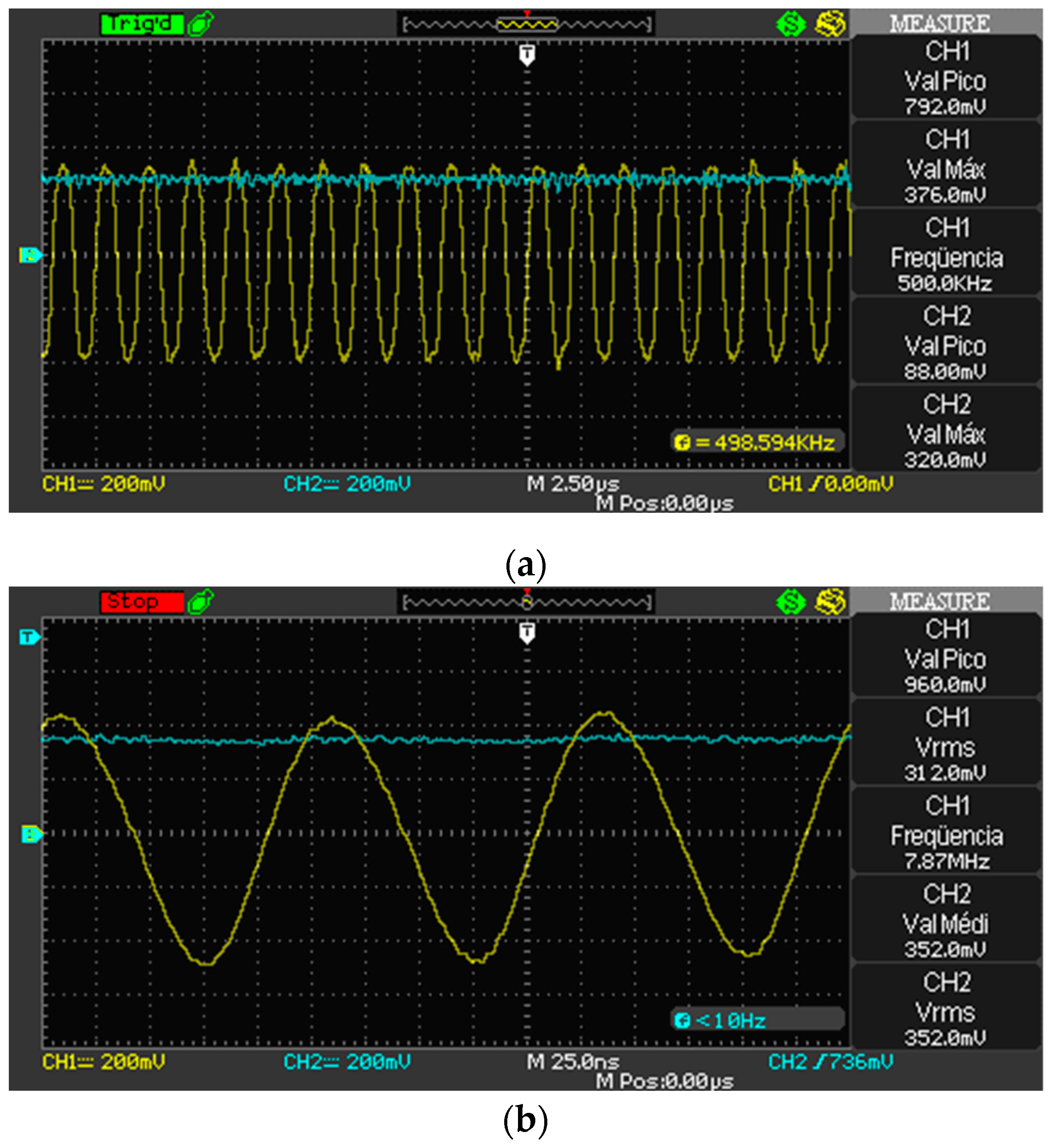
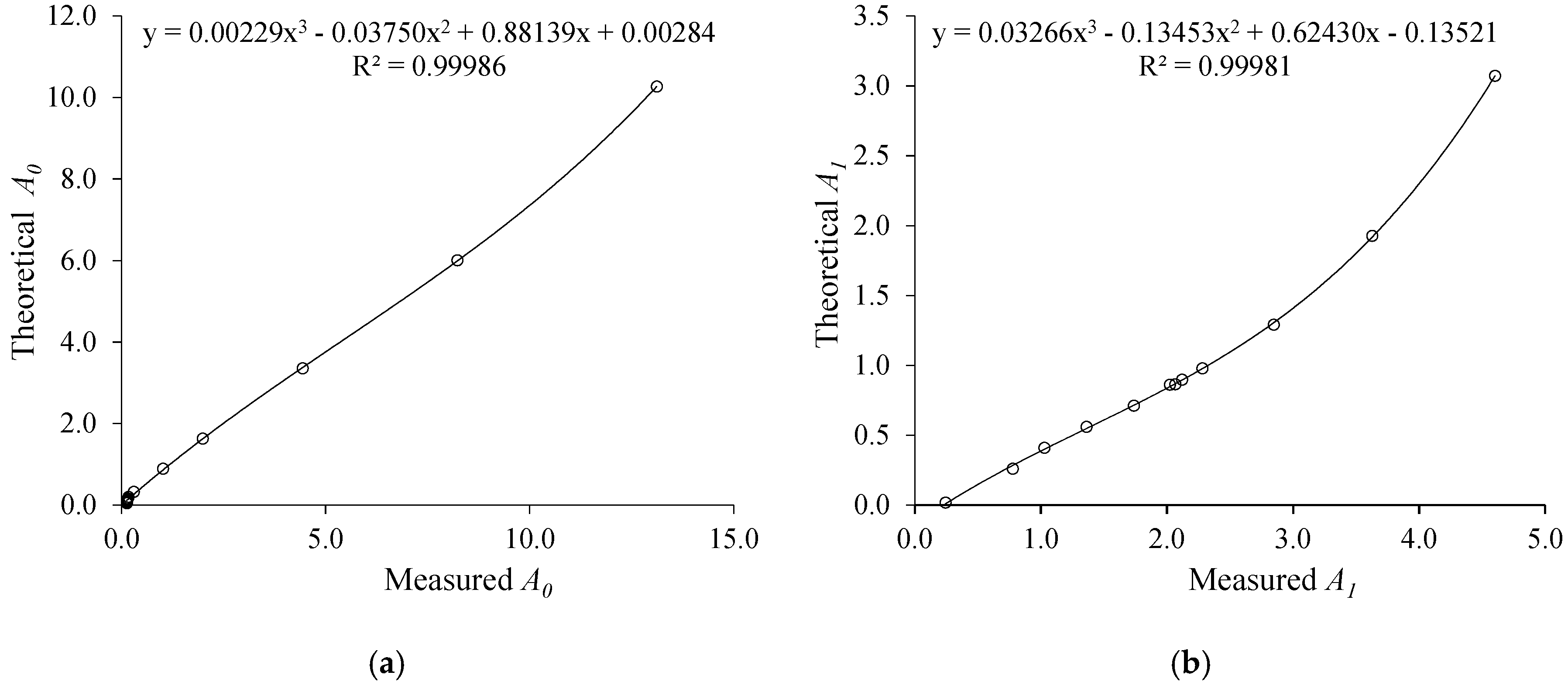

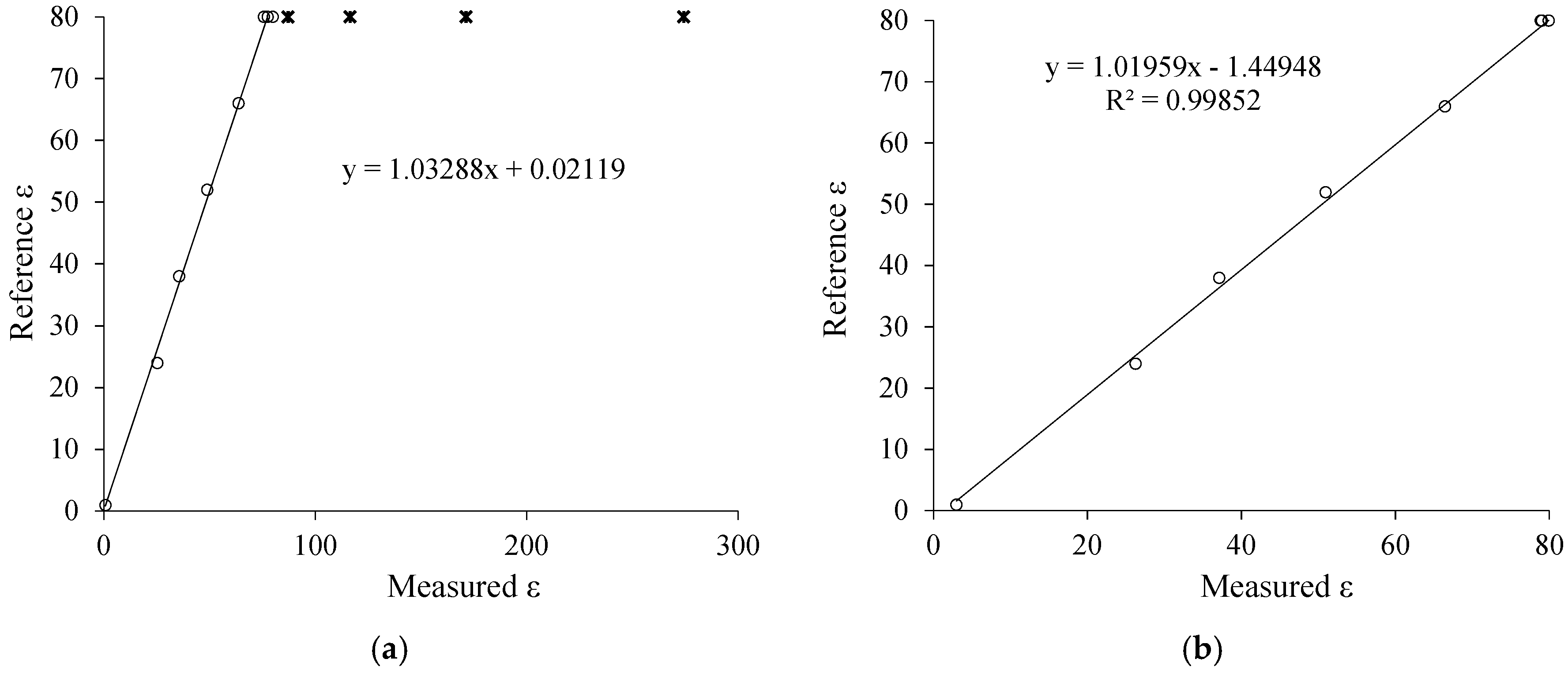
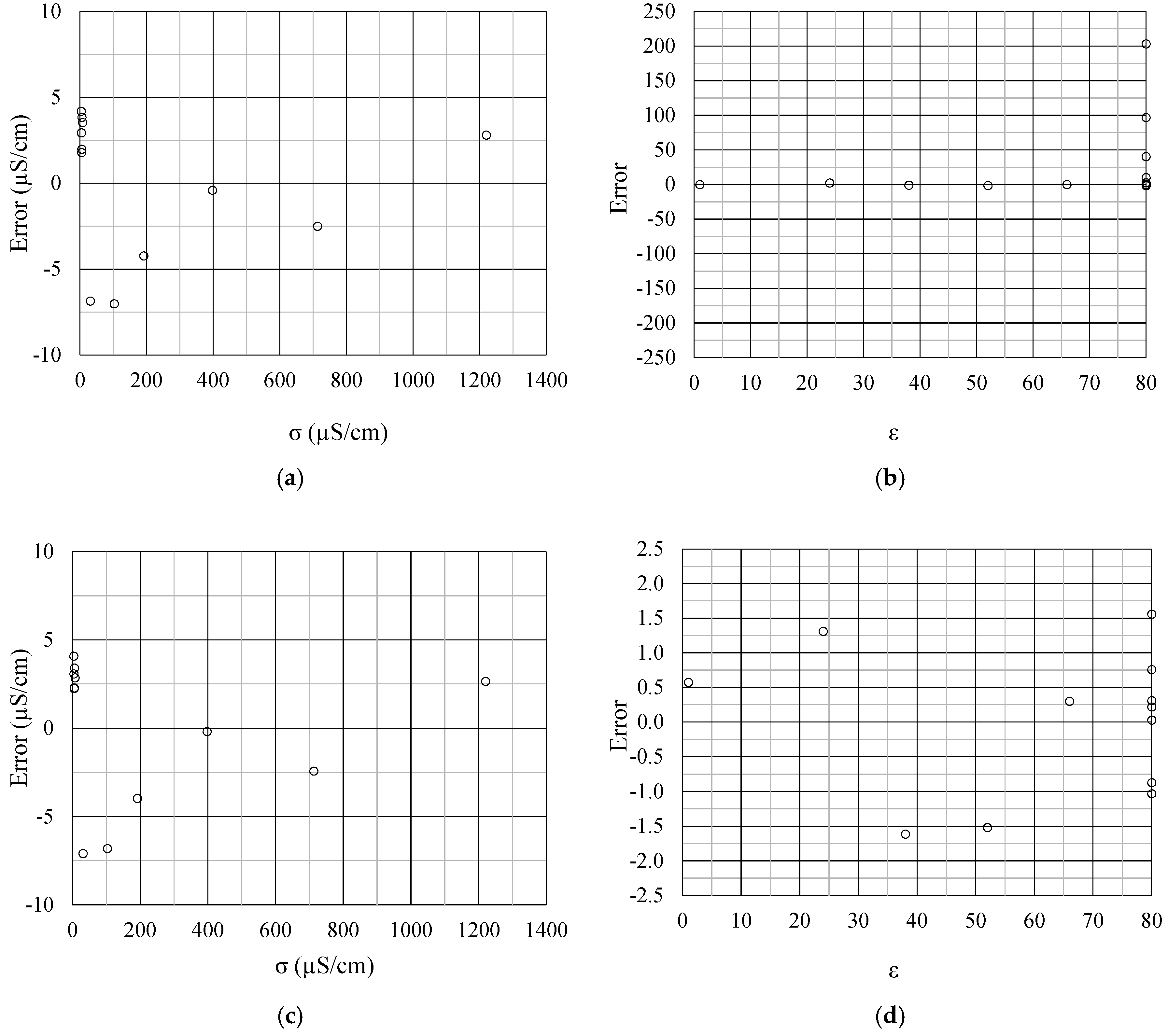
| Substance | σ (µS/cm) | ε |
|---|---|---|
| Air | 0 | 1 |
| Solution of water and NaCl 1 | 103.2 | 80 |
| Solution of water and NaCl 2 | 191.8 | 80 |
| Solution of water and NaCl 3 | 397.6 | 80 |
| Solution of water and NaCl 4 | 712.9 | 80 |
| Solution of water and NaCl 5 | 1220 | 80 |
| Distillated water | 7.850 | 80 |
| 75% of water and 25% of ethanol | 5.730 | 66 |
| 50% of water and 50% of ethanol | 3.979 | 52 |
| 25% of water and 75% of ethanol | 4.327 | 38 |
| Ethanol | 5.179 | 24 |
| Drinking water | 31.19 | 80 |
© 2019 by the authors. Licensee MDPI, Basel, Switzerland. This article is an open access article distributed under the terms and conditions of the Creative Commons Attribution (CC BY) license (http://creativecommons.org/licenses/by/4.0/).
Share and Cite
Rêgo Segundo, A.K.; Silva Pinto, É.; Almeida Santos, G.; de Barros Monteiro, P.M. Capacitive Impedance Measurement: Dual-frequency Approach. Sensors 2019, 19, 2539. https://doi.org/10.3390/s19112539
Rêgo Segundo AK, Silva Pinto É, Almeida Santos G, de Barros Monteiro PM. Capacitive Impedance Measurement: Dual-frequency Approach. Sensors. 2019; 19(11):2539. https://doi.org/10.3390/s19112539
Chicago/Turabian StyleRêgo Segundo, Alan Kardek, Érica Silva Pinto, Gabriel Almeida Santos, and Paulo Marcos de Barros Monteiro. 2019. "Capacitive Impedance Measurement: Dual-frequency Approach" Sensors 19, no. 11: 2539. https://doi.org/10.3390/s19112539





